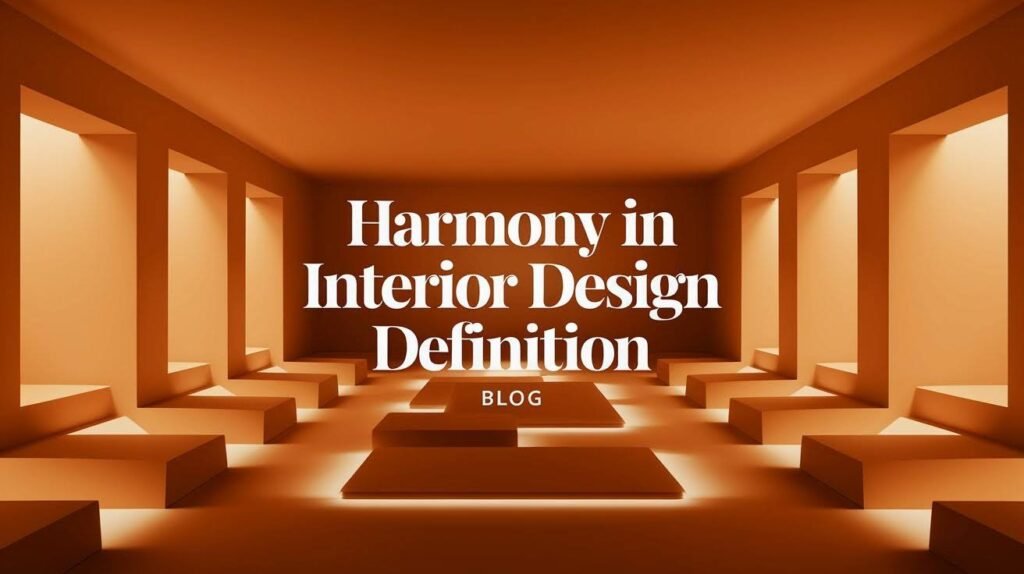You know that feeling when you walk into a room and everything just clicks? The colors work together. The furniture feels right. Nothing seems out of place. That’s harmony in action.
Some rooms make you want to stay forever. Others feel off, even when you can’t pinpoint why. The difference often comes down to one thing: how well the elements work together.
This article will show you how to create that perfect balance in your own home. We’ll cover the basics of harmony in interior design. You’ll learn why it matters so much. And we’ll give you practical tips you can use right away.
Here’s what we’ll explore:
- What harmony really means in design
- Simple ways to create balance
- Common mistakes to avoid
- Real examples that work
You can trust this advice because it’s based on proven design principles. These aren’t trendy tricks that fade away. They’re time-tested methods that work in any home.
Ready to transform your space? Let’s start.
What Is Harmony in Interior Design?
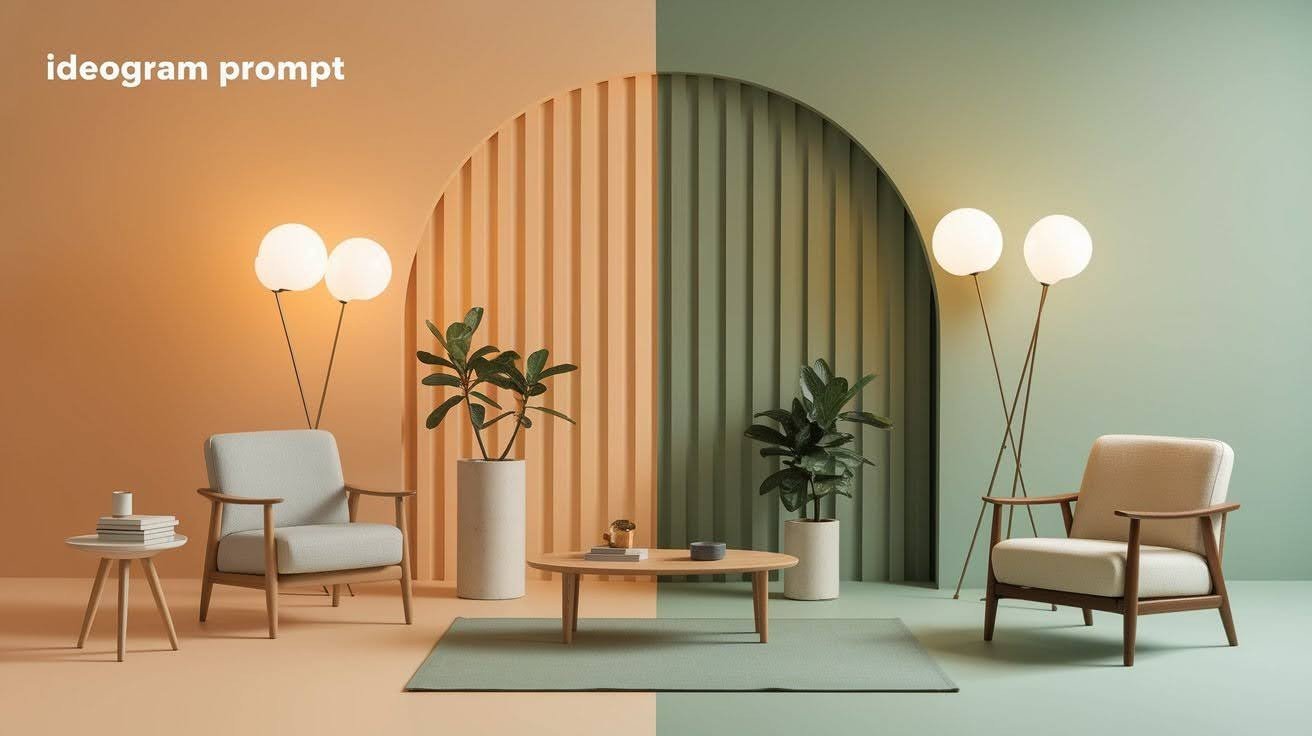
Definition and Concept
Harmony in interior design is like a good conversation between friends. Everything flows naturally. Nothing feels forced or awkward.
Think of it this way: when you have harmony, your eyes move around the room without getting stuck anywhere. Colors talk to each other nicely. Furniture pieces seem like they belong together. Textures complement rather than compete.
It’s not about making everything match perfectly. That would be boring. Instead, it’s about creating a space where different elements support each other. Like a well-balanced meal, each part adds something special to the whole.
The Difference Between Harmony and Unity

People often mix up harmony and unity. But they’re different things.
Harmony happens within one room. It’s about how the sofa works with the coffee table. How the wall color plays with the curtains. How the lighting feels with the furniture.
Unity is bigger. It’s about your whole home feeling connected. The living room should relate to the kitchen. The bedroom should feel like it belongs in the same house as the bathroom.
Think of harmony as getting one room right. Unity is getting your whole home to work together.
Here’s a simple way to remember it:
- Harmony = one room singing in tune
- Unity = your whole house singing the same song
They work best when you have both. A harmonious living room is great. But it’s even better when it connects smoothly to the rest of your home.
The Emotional Impact of Harmony
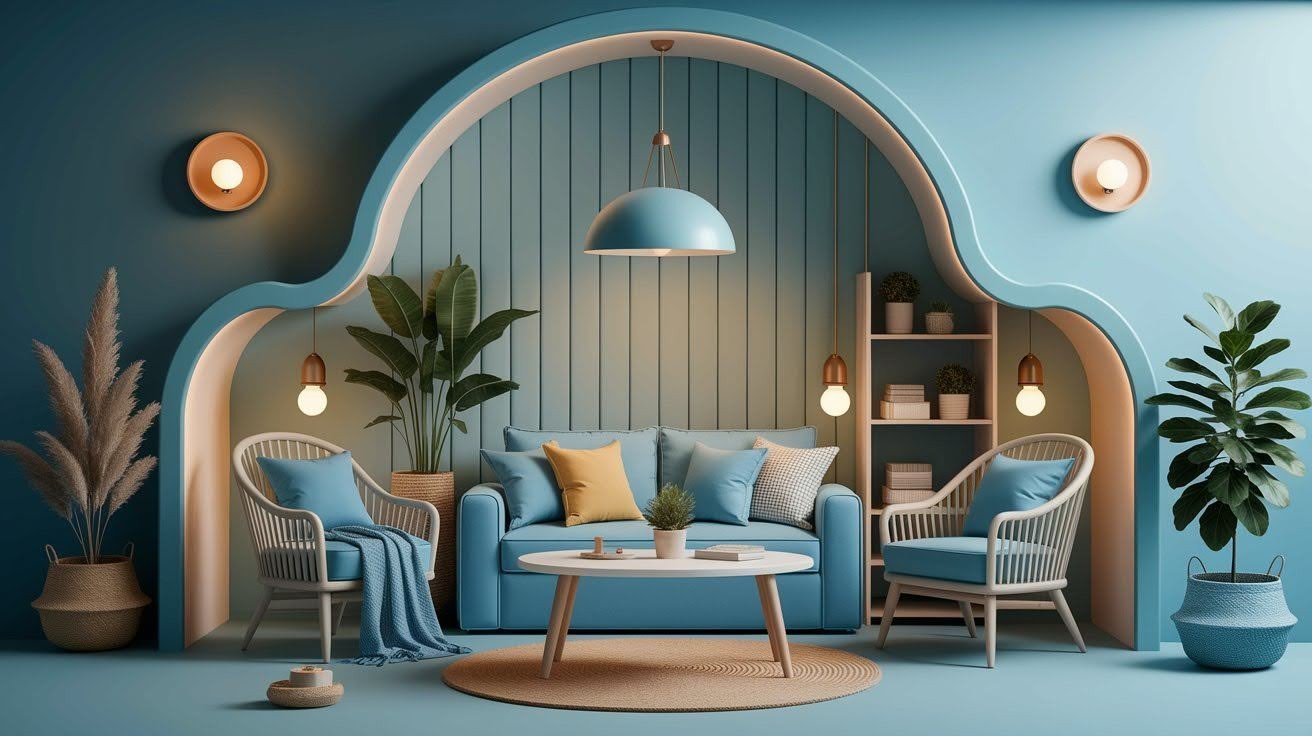
Harmonious spaces change how you feel. Really.
When a room has good harmony, you relax without thinking about it. Your stress levels drop. You feel more at peace. It’s like your brain can finally take a break from trying to make sense of visual chaos.
On the flip side, rooms without harmony make you restless. You might not know why, but something feels wrong. Your mind keeps trying to fix what it sees.
Real examples of how harmony feels:
A bedroom with soft blues and whites feels calm. The colors work together to create rest. Add harsh neon lighting, and that peace disappears.
A kitchen with warm wood tones and cream colors feels welcoming. Everything supports the idea of comfort and gathering. Mix in bright purple cabinets, and the feeling shifts completely.
A living room with similar textures throughout feels cozy. Soft fabrics, natural wood, maybe some woven baskets. Your body wants to settle in and stay.
The magic happens when you stop noticing the individual pieces. Instead, you just feel good in the space. That’s harmony working.
Key Principles That Support Harmony
Balance
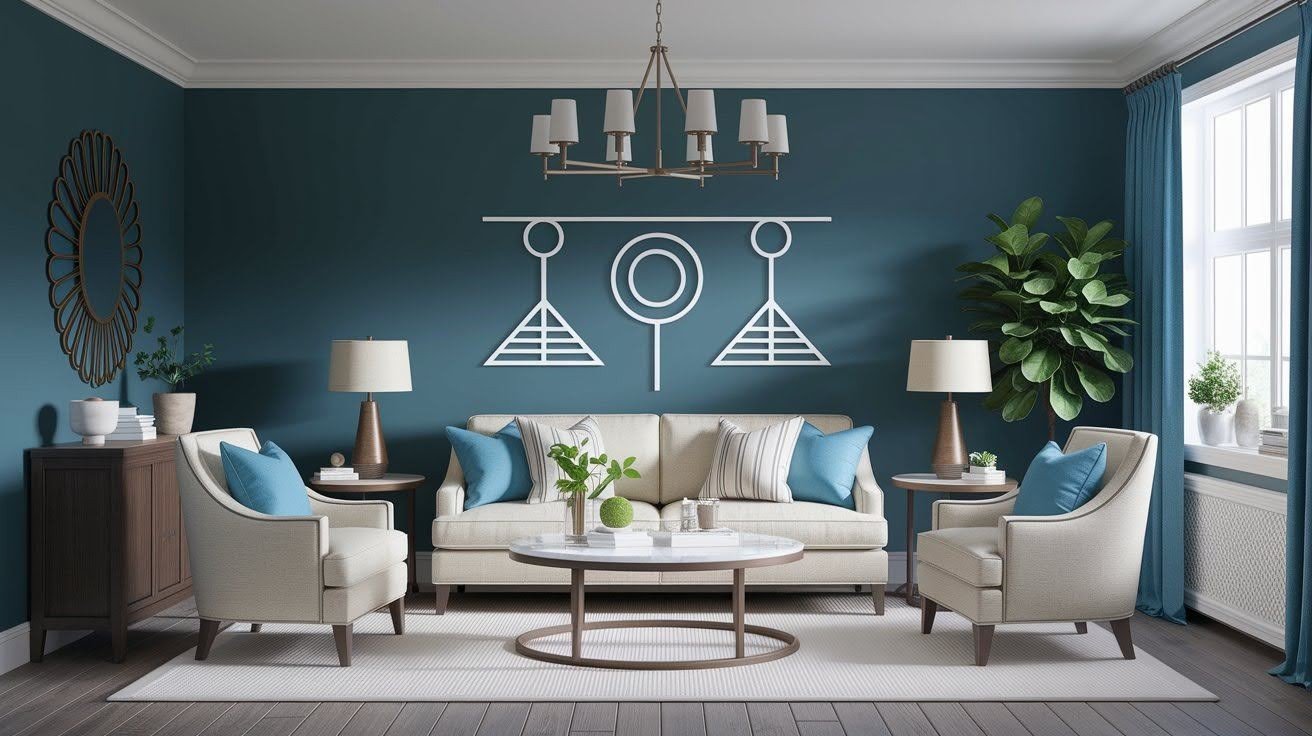
Balance is like distributing weight in a room. But instead of actual weight, we’re talking about visual weight.
Three types of balance work in interiors:
Symmetrical balance – is the easiest to spot. Put matching lamps on both sides of a sofa. Hang identical artwork on either side of a fireplace. Your brain loves this because it feels stable and calm.
Asymmetrical balance – takes more skill but feels more natural. Maybe you have one large plant on the left side of a room. Balance it with a group of smaller items on the right. Different objects, same visual weight.
Radial balance – spreads things out from a center point. Think of chairs arranged around a circular dining table. Or a chandelier with decorative items placed around the room at equal distances.
Heavy, dark furniture feels weightier than light, pale pieces. A big black bookshelf needs more visual support than a small white side table. Understanding this helps you distribute elements so nothing feels like it’s tipping over.
Contrast
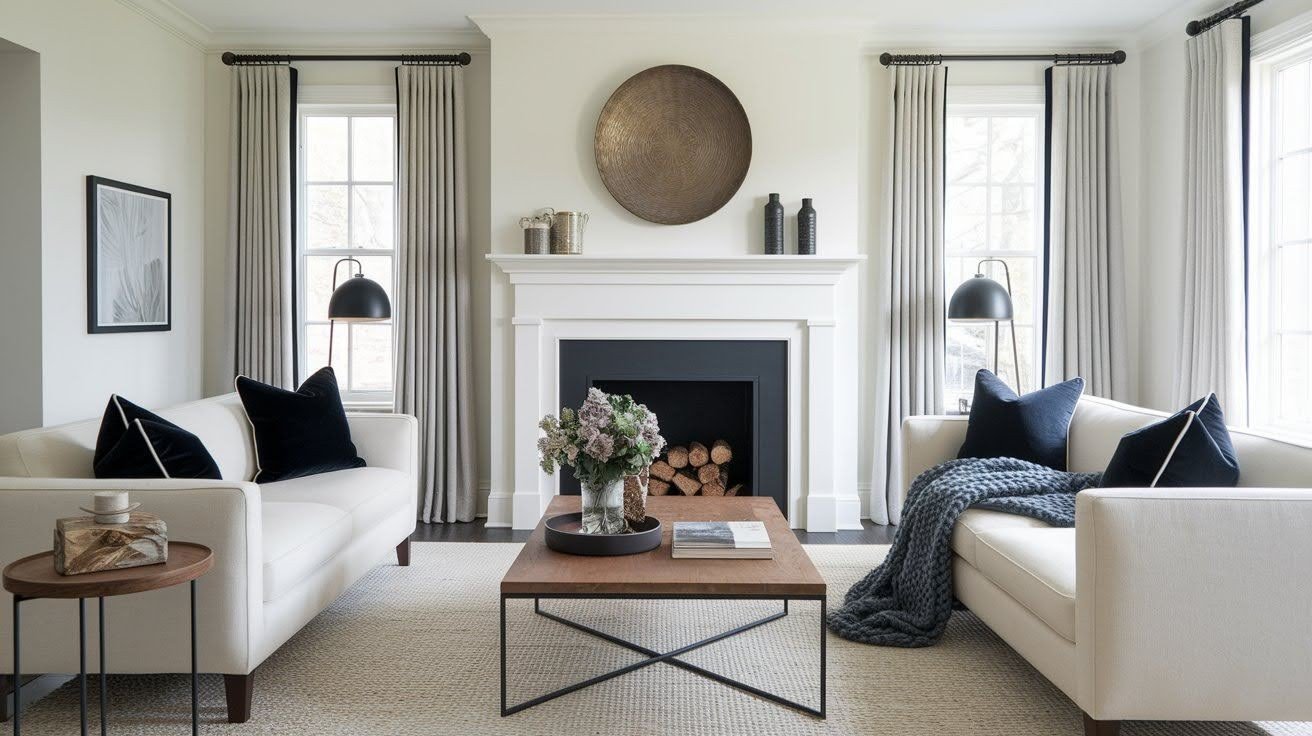
Contrast adds life to a room. Without it, everything looks flat and boring. But too much contrast creates chaos.
The trick is using contrast thoughtfully. Here’s how:
Light and dark: Pair a white sofa with dark throw pillows. Use light walls with darker furniture. This creates depth and interest.
Rough and smooth: Mix a chunky knit blanket with a sleek leather chair. Combine a rustic wood table with polished metal legs.
Curved and straight: Balance a round coffee table with a rectangular sofa. Mix curved lamps with angular furniture.
Good contrast feels intentional. It should add energy without making your eyes tired. Start small with accessories. You can always add more later.
Emphasis
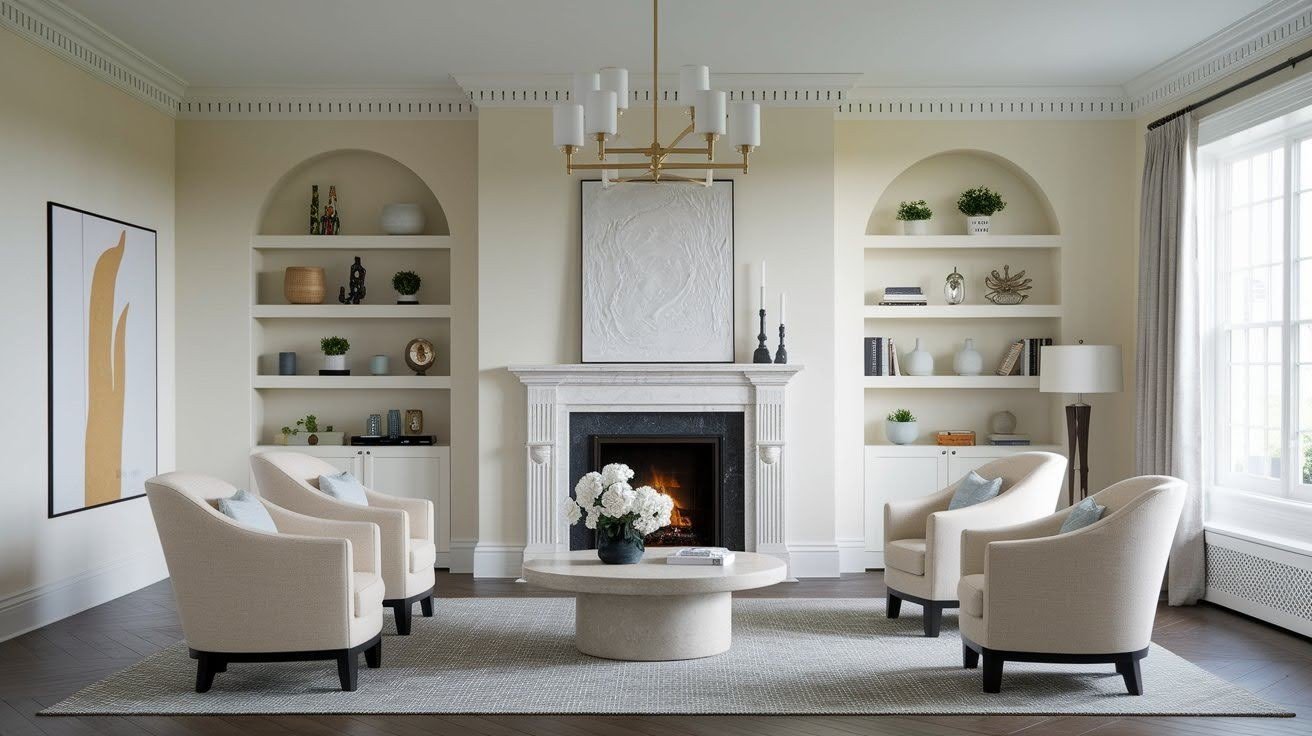
Every room needs a star. Something that draws your eye first and holds your attention.
This focal point could be:
- A stunning piece of art
- A beautiful fireplace
- An interesting accent wall
- A unique light fixture
Once you pick your focal point, everything else should support it. Don’t compete with it. If your fireplace is the star, keep the wall decorations simple nearby.
Visual hierarchy means some things matter more than others. Your focal point comes first. Secondary elements come next. Small details fill in the gaps.
Rhythm
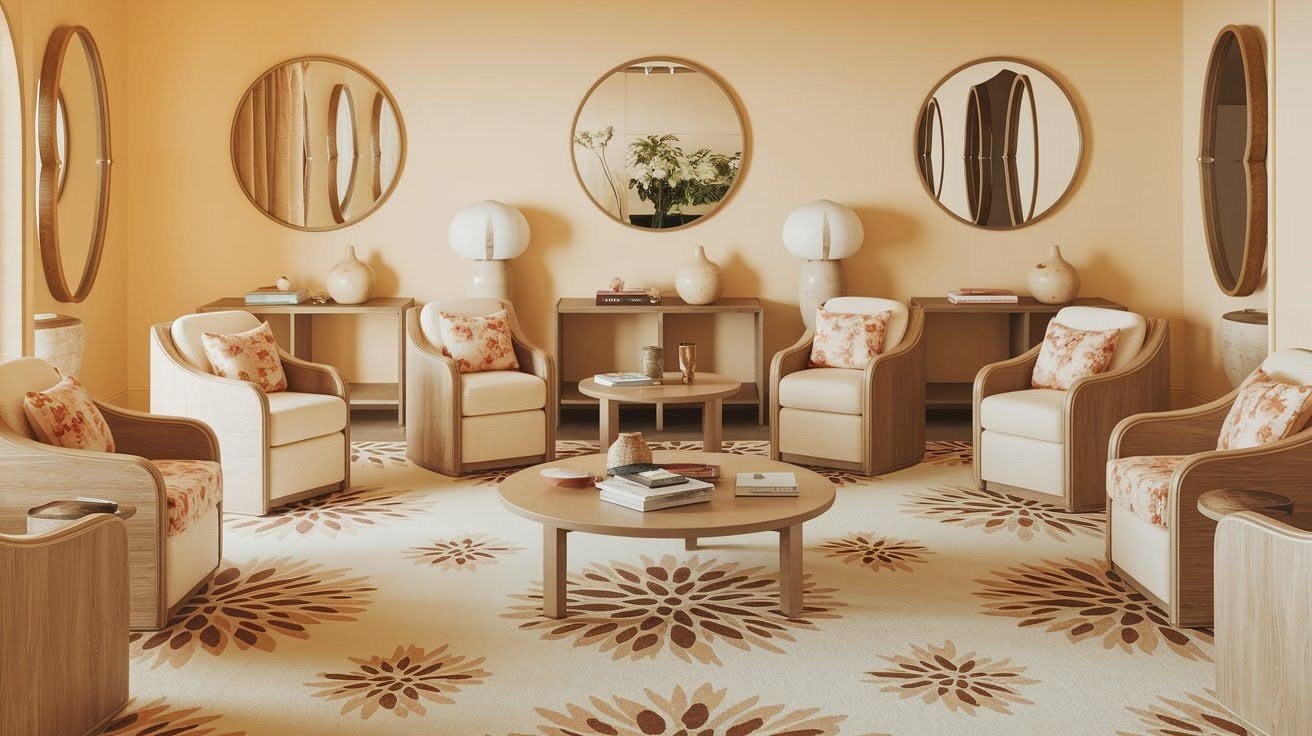
Rhythm guides your eye around the room. It’s like a gentle current that keeps things moving smoothly.
Create rhythm by repeating elements:
Shape: Use round elements throughout the room. A circular mirror, round side tables, curved chair arms. Your eye connects these shapes and moves between them.
Color: Repeat your accent color in different spots. Blue throw pillows, a blue vase, blue books on the shelf. This creates a visual path.
Pattern: Use similar patterns in different scales. A large floral rug, smaller floral pillows, tiny floral details in the artwork.
Texture: Repeat materials around the room. Wood furniture, wooden picture frames, wood decorative objects.
Good rhythm feels effortless. You shouldn’t have to work to follow it around the room.
Proportion and Scale
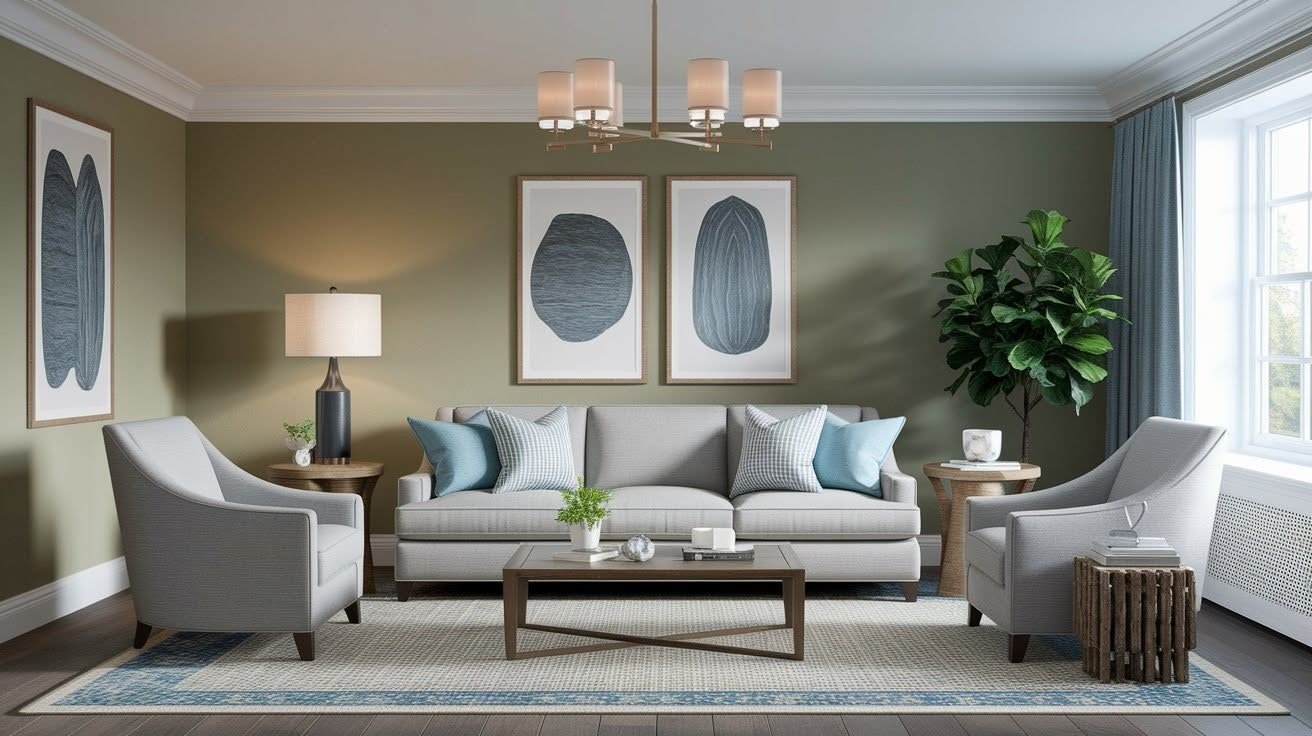
Size matters in interior design. A tiny lamp on a huge table looks lost. A massive sofa in a small room feels overwhelming.
Proportion is about how things relate to each other. Your coffee table should be about two-thirds the length of your sofa. Your area rug should extend beyond your furniture group.
Scale is about how things relate to the room itself. A king-size bed works in a large bedroom. In a small room, it takes over completely.
Quick size guidelines:
- Leave walking space around furniture
- Match lamp height to seated eye level
- Use bigger art pieces on large walls
- Group small objects together for more impact
Getting the sizing right prevents that “something’s off” feeling. It helps everything feel like it belongs together.
Unity
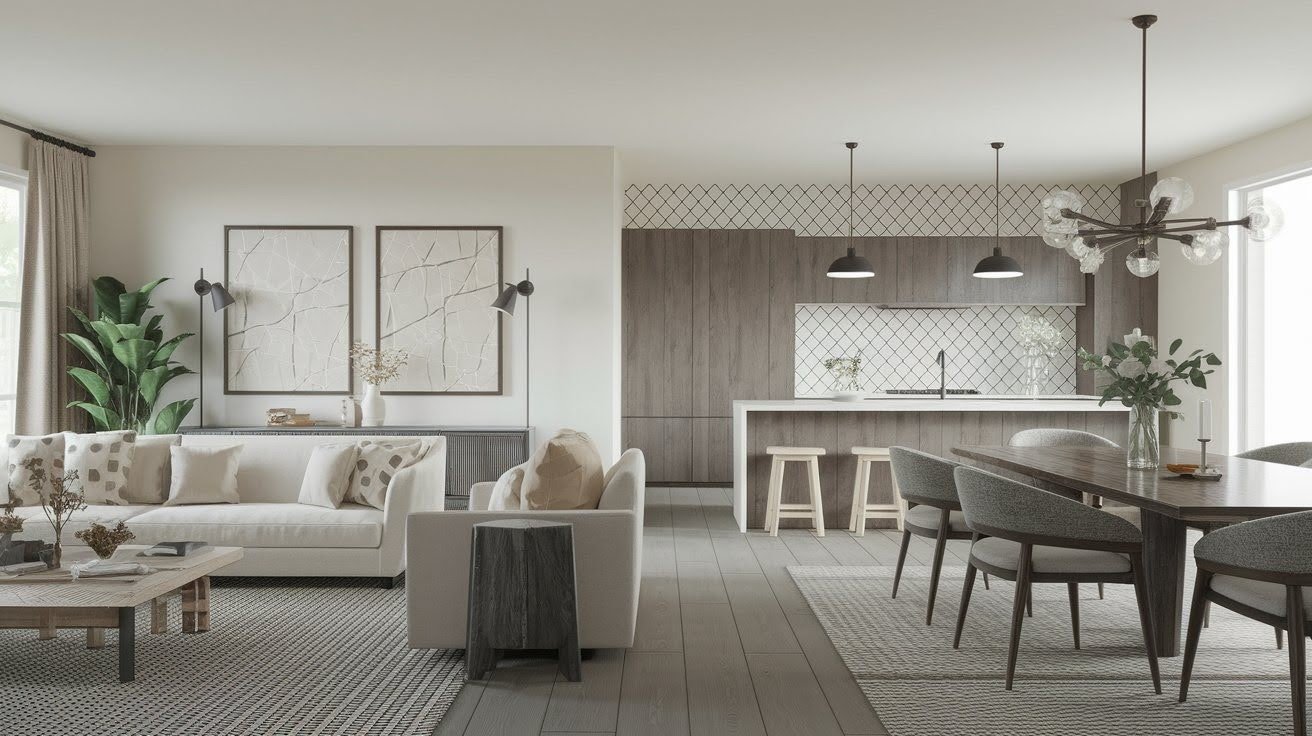
Unity ties everything together. It’s the thread that connects all your design choices.
Ways to create unity:
Consistent color scheme: Pick three to five colors and use them throughout. This doesn’t mean everything has to match. Just make sure colors relate to each other.
Repeated materials: Use similar woods, metals, or fabrics across the space. This creates visual connections between different areas.
Similar styles: Don’t mix too many design styles. If you love modern furniture, keep most pieces in that family. You can add a few vintage pieces for interest, but don’t go overboard.
Consistent patterns: Use patterns that share similar characteristics. All geometric patterns, all organic shapes, or all similar scales.
Unity works best when it’s subtle. You want people to feel the connection without being able to point to exactly what creates it.
In open floor plans, unity becomes even more important. Your living room should feel connected to your kitchen and dining area. Use similar colors, materials, or lighting to tie everything together.
Tips for Creating Harmony in Your Home
- Start with one main color and add two accent colors throughout the room
- Group items in odd numbers – three pillows, five books, or seven small objects look more natural
- Repeat materials like wood, metal, or fabric in different areas of the same room
- Leave empty space between furniture pieces so each item can breathe
- Match your lighting temperature – use all warm or all cool bulbs, not a mix
- Keep patterns in the same family – all geometric, all organic, or all similar scales
- Use the 60-30-10 rule – 60% main color, 30% secondary color, 10% accent color
- Place furniture at conversational distances – close enough to talk comfortably
- Scale artwork to your furniture – bigger pieces over large sofas, smaller pieces over side tables
- Create visual triangles by placing three similar items at different heights around the room
- Use rugs to define spaces and make furniture groups feel connected
- Keep window treatments simple so they support rather than compete with your room
- Edit ruthlessly – remove items that don’t serve the overall feeling you want
- Test changes with temporary items before making permanent purchases
- Trust your instincts – if something feels wrong, it probably needs adjusting
Conclusion
Harmony is the invisible magic that makes spaces feel right. You might not notice it consciously, but your body and mind respond to it every time you enter a room. When harmony is present, you relax naturally. When it’s missing, something feels off.
Take a moment to look at your own space with fresh eyes. Does your eye move smoothly around the room? Do the colors work well together? Does everything feel like it belongs?
Here’s the best part: you don’t need to start over completely. Small changes often create big improvements. Try moving one piece of furniture. Add a throw pillow that ties your colors together. Remove a few items that don’t fit.
Sometimes the smallest shifts create the most beautiful results.
Frequently Asked Questions
How do I know if my room has good harmony?
Trust your gut feeling when you walk into the space. If you feel calm and comfortable, and your eye moves smoothly around the room without getting stuck anywhere, you likely have good harmony.
Can I mix different design styles and still have harmony?
Yes, but stick to mixing just two or three styles maximum. Find common elements like similar colors, materials, or proportions to help different styles work together smoothly.
What’s the biggest mistake people make when trying to create harmony?
Trying to make everything match perfectly instead of letting elements complement each other. Real harmony comes from pieces that work together, not pieces that look identical.
How many colors should I use in one room?
Stick to three to five colors total, including neutrals. Use one main color, one or two accent colors, and neutral tones to tie everything together without overwhelming the space.
Do I need to buy all new furniture to create harmony?
Not at all. Start with small changes like rearranging furniture, adding or removing accessories, or changing out pillows and throws. These simple swaps can transform how your room feels.


